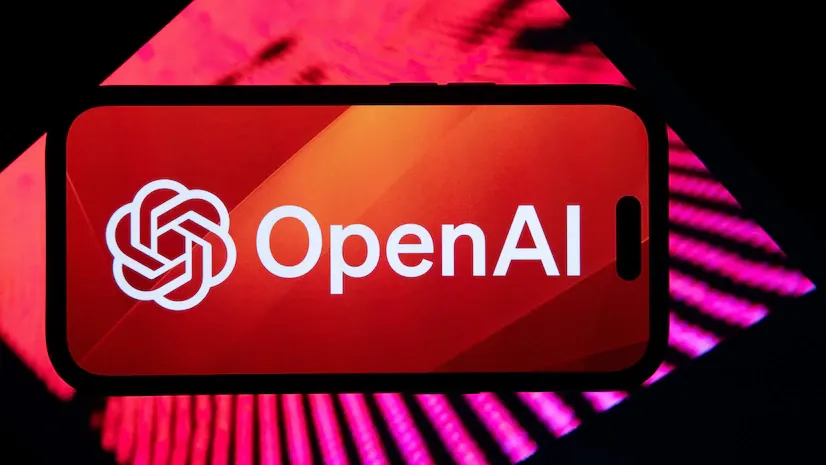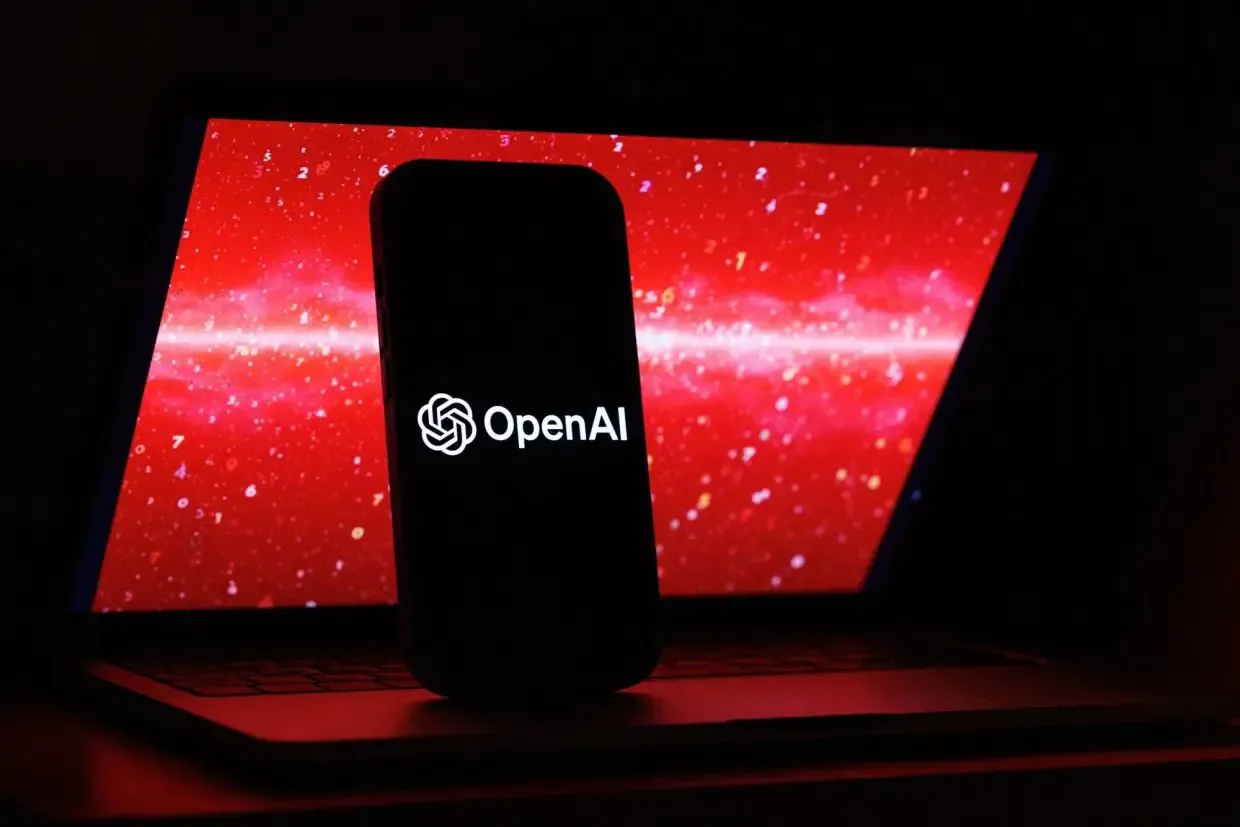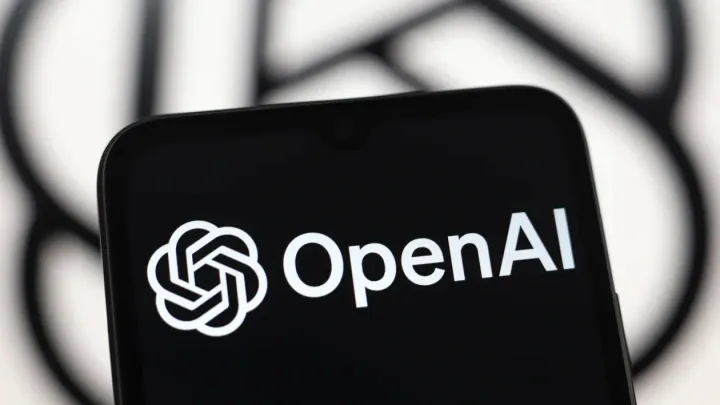OpenAI Unveils Deep Research: A Game-Changer in AI-Powered Online Research and Productivity

OpenAI is ahead in artificial intelligence. Its new step toward the revolution of accessing and interacting with information by its users is through Deep Research, an AI research assistant that performs online, complex, and time-consuming research tasks. This new tool promises to handle everything from advanced science questions to personalized recommendations, providing users with in-depth, efficient reports in minutes, saving them hours of manual work. In this article, we’ll dive into what Deep Research is, how it works, and its potential to reshape productivity and knowledge gathering.
What Is Deep Research?
Deep Research is an AI agent integrated into the popular OpenAI chatbot GPT. It acts as a research analyst and allows users to make intelligent choices by searching for exhaustive information online that they would otherwise have to manually sift through, document after document, web page after web page. With its release, OpenAI gives users the power to access a wide range of topics from scientific research papers to consumer product recommendations in great detail.
The AI tool processes all types of content, from written articles and PDFs to images and even files uploaded by users, in order to create comprehensive reports. This service is particularly useful for professionals, researchers, students, and anyone else who needs access to complex, detailed information but does not have the time or resources to find it manually.

Key Features of Deep Research
The strength of Deep Research lies in its ability to collect data from the internet, which includes web pages, scientific papers, blog posts, and many more. This AI can extract data from many sources to form a comprehensive research report.
Supports Multi-File Formats: Deep Research is not limited to the functionality of web browsing. It can work with a user-uploaded file, such as PDFs and Word documents. This means that in the report, there may be a combination of information obtained from internet research and personal archives.
In-Depth Reports in Minutes: Unlike traditional research, which could take hours or even days, Deep Research is capable of compiling detailed reports in a matter of minutes. This drastically reduces the time required for data gathering and analysis, freeing up users to focus on the interpretation and application of the information.
Versatility in Topics: The tool is very versatile and can handle a wide range of subjects, from technical, scientific, and academic topics to more consumer-oriented inquiries such as product comparisons and recommendations.
Integration with ChatGPT: Deep Research can be accessed from the existing chatbot interface by OpenAI, as part of the ChatGPT experience. This makes it easy to interact with the AI and receive research reports directly within the ChatGPT environment.
How Does Deep Research Work?
At its basic level, Deep Research operates using more advanced algorithms related to machine learning to find information about any topic or question. The very first thing after a user submits a prompt is that it starts scouring the internet and files that the user has imported for relevant information and analyzes such information using NLP techniques to synthesize its findings into a coherent report.
Deep Research is not merely about raw data, but provides a summary, comparative information of data from multiple sources, and provides a report which is easily readable and beneficial for the user. For instance, if the user is interested in a scientific topic, Deep Research would scour academic papers, online publications, and other scholarly materials to give an all-around, updated analysis of the scientific topic.
Pricing and Availability
Currently, Deep Research is available to a select group of users who subscribe to ChatGPT Pro, which costs $200 per month. This tier provides access to OpenAI’s advanced features, including both Deep Research and Operator—another AI agent that assists with personal tasks like booking flights and making purchases.
OpenAI has stated that it will make Deep Research available to other paying users in the future. This would include users subscribing to the ChatGPT Plus, Team, and Enterprise options, though there is no stated timeline for when this will be done.

Limitations and Caveats
OpenAI has been transparent about the limitations of Deep Research. First, the tool is still in its early stages, and as with any AI system, it may produce some inaccuracies. Users should be cautious about the fact that Deep Research may present made-up or fabricated information as factual. The AI may also have trouble distinguishing between rumors or unverified information and accurate sources.
OpenAI has also stated that Deep Research is computationally intensive, meaning that the AI tool requires the computer to be rather powerful to run effectively. Therefore, the users are only limited to 100 queries per month. Again, this is a generous starting point, but more likely limits are what the company will introduce into these services as the service matures.
The Bigger Picture: AI Agents and Productivity
In a major advance in AI-powered agents designed for multi-step tasks, OpenAI has released Deep Research. This comes within the general trend of an industry of race to develop tools into decreasing pieces of complexity that can be automated. AI agents, such as Deep Research and Operator, can facilitate work by serving as personal research assistants, hence making them indispensable in increasing productivity and reducing the amount of time spent on routine tasks.
This change falls in line with the greater ambition of the sector in leveraging AI for labor-intensive jobs while liberating more of its capabilities for more imaginative and judgment-driven functions. For example, Sam Altman, CEO of OpenAI, calls AI agents "the next giant breakthrough," in recognition of these technologies' transformative effects on not only professional workflow but also individual life flows.
Competition and Industry Context
OpenAI’s Deep Research tool isn’t the only AI agent designed for research purposes. Companies like Microsoft—which backs OpenAI—are also working on similar tools to automate online research and other tasks. Rival firms like Anthropic and various startups are also developing their own versions of AI agents, hoping to capture a share of the market.
With increasing AI agents making inroads in every industry, the competition is becoming more stringent. The companies competing in this regard are not only the big tech giants but also an increased number of Chinese companies such as DeepSeek are developing their sophisticated AI technologies. OpenAI, therefore, must innovate further in order to sustain its leadership status in the field of AI at a time when the global competitive scenario is escalating.

The Future of Deep Research
There are many potential futures for Deep Research as OpenAI continues to refine it. For example, its query limits could be extended, and it could be developed to better evaluate the credibility of information. Perhaps with further technological advancements in AI, Deep Research will be more capable of executing highly specialized research tasks and present even more intricate, detailed reports.
New integrations and collaborations can be made possible with the development of AI agents like Deep Research. The more capable AI becomes, the more it could be integrated with other platforms to assist with broader business functions, such as content creation, market analysis, and customer support.
Frequently Asked Questions (FAQs)
What is Deep Research?
Deep Research is an AI-powered tool released by OpenAI, designed to assist with conducting in-depth online research. It can gather information from various sources, including web pages, PDFs, and user-uploaded files, to generate detailed research reports in minutes.
Who can access Deep Research?
Currently, Deep Research is available to users who subscribe to ChatGPT Pro, which costs $200 per month. OpenAI plans to expand access to other paying customers, including those who subscribe to ChatGPT Plus, Team, and Enterprise plans in the future.
What types of information can Deep Research gather?
Deep Research can gather information from a wide range of sources, including scientific papers, news articles, blogs, and more. It can also process files uploaded by the user, such as PDFs and Word documents, to create comprehensive reports on various topics.
What are the limitations of Deep Research?
While Deep Research is powerful, it has limitations. The tool may present inaccurate or fabricated information, and it may struggle to distinguish rumors from verified facts. Additionally, it is compute intensive, and users are currently limited to 100 queries per month.
How does Deep Research compare to other AI agents?
Deep Research is part of a growing trend of AI agents designed to automate complex tasks. While similar tools are being developed by companies like Microsoft and Anthropic, Deep Research is notable for its ability to handle extensive research tasks, providing users with in-depth, accurate reports in a fraction of the time it would take to do manually.



